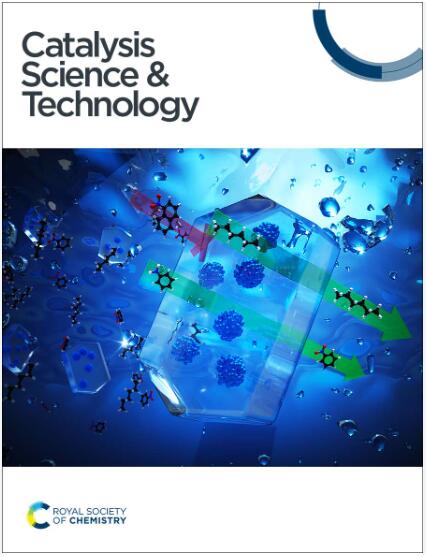A DFT mechanistic study on nickel-catalyzed arylation of amino alcohols with aryl electrophiles: insights into the origins of chemoselectivity†
IF 4.4
3区 化学
Q2 CHEMISTRY, PHYSICAL
引用次数: 0
Abstract
Nickel-catalyzed cross-couplings of alcohols/amines with aryl halides enable the challenging chemoselective O- or N-arylation of complex substrates concurrently containing competitive NH and OH moieties. Here, the reaction mechanisms and origins of the selective arylation of isolated alcohols or amines and amino alcohols with electrophiles were investigated using DFT calculations. The reaction proceeds sequentially through oxidative addition, anion exchange, and reductive elimination to produce the final product. Reductive elimination is the rate- and chemoselectivity-determining step of the overall reaction, and the energy differences of reductive elimination transition states can quantitatively rationalize the experimental results of chemoselectivity. The steric effect is the main factor regulating N- or O-arylation for competitive alcohols and alkylamines, while the electronic effect and steric effect jointly govern the N-arylation selectivity for competitive alcohols and arylamines. Furthermore, regarding the selective O-arylation of amino alcohols, the chemoselectivity originates from the smaller distortion of the substrate and catalyst, the stronger interaction between the lone pair electron n(O) and the vacant σ*(Ni–C) orbital, and the larger C–O non-covalent interaction strength. These insights into the factors regulating chemoselectivity will enable the development of selective arylation methods for complex substrates with competing nucleophilic sites.

求助全文
约1分钟内获得全文
求助全文
来源期刊

Catalysis Science & Technology
CHEMISTRY, PHYSICAL-
CiteScore
8.70
自引率
6.00%
发文量
587
审稿时长
1.5 months
期刊介绍:
A multidisciplinary journal focusing on cutting edge research across all fundamental science and technological aspects of catalysis.
Editor-in-chief: Bert Weckhuysen
Impact factor: 5.0
Time to first decision (peer reviewed only): 31 days
 求助内容:
求助内容: 应助结果提醒方式:
应助结果提醒方式:


